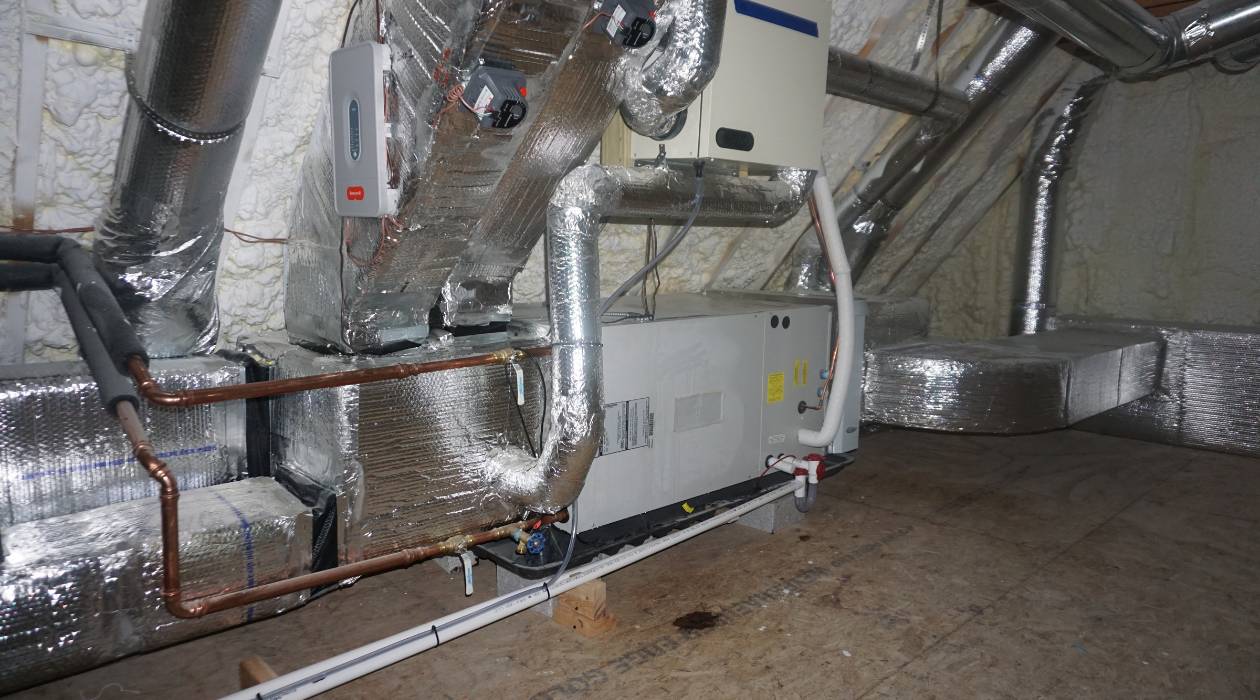

Articles
What Is An Air Handler In HVAC
Modified: October 27, 2024
Learn about the role of an air handler in an HVAC system with our informative articles. Understand its importance in maintaining indoor air quality and temperature control.
(Many of the links in this article redirect to a specific reviewed product. Your purchase of these products through affiliate links helps to generate commission for Storables.com, at no extra cost. Learn more)
Introduction
Welcome to the world of heating, ventilation, and air conditioning (HVAC)! In HVAC systems, there are numerous components working behind the scenes to keep us comfortable and maintain the optimal indoor environment. One of these essential components is the air handler.
Whether you are a homeowner, a building manager, or simply curious about HVAC systems, understanding the role and functions of an air handler is crucial. In this article, we will delve into the details of what an air handler is, its components, its importance in HVAC systems, and how it works.
So, let’s get started by exploring the definition of an air handler.
Key Takeaways:
- The air handler is the unsung hero of HVAC systems, ensuring comfortable indoor environments by circulating conditioned air, regulating temperature and humidity, and improving indoor air quality through its filtration system.
- Regular maintenance, such as filter cleaning and coil inspection, is crucial for keeping air handlers operating efficiently. Monitoring motor and blower operation and scheduling professional maintenance visits can help prevent common issues and extend the lifespan of air handlers.
Read more: How To Adjust HVAC Air Flow
Definition of an Air Handler
An air handler, also known as an air handling unit (AHU), is a key component of an HVAC system. It is responsible for circulating and distributing conditioned air throughout a building or a specific area. Essentially, it acts as the “middleman” between the heating or cooling source and the desired indoor space.
The primary function of an air handler is to receive the heated or cooled air generated by the furnace, heat pump, or air conditioner and distribute it throughout the building via a network of ducts. It is typically located indoors, either in a mechanical room or an attic, and connects to the supply and return ductwork.
An air handler consists of several key components that work together to ensure efficient and effective air distribution. Let’s take a closer look at these components.
Components of an Air Handler
An air handler is comprised of various components that work in synergy to perform its function of circulating and distributing conditioned air. Here are the main components you will find in an air handler:
- Blower: The blower is responsible for moving air through the system. It is typically a motorized fan that draws in air from the return ducts and pushes it through the supply ducts. The blower’s speed can often be adjusted to control the amount of airflow.
- Filter: The filter is an important component that removes dust, dirt, pollen, and other contaminants from the incoming air. It helps improve indoor air quality and keeps the system’s internal components clean. Filters need to be regularly cleaned or replaced to ensure optimal performance.
- Coils: An air handler contains two types of coils: the evaporator coil and the condenser coil. The evaporator coil is responsible for cooling the air, while the condenser coil is used in heat pump systems for both heating and cooling. These coils transfer heat to or from the air as it passes over them.
- Heat Exchanger: In heating systems, the heat exchanger transfers heat from the fuel source (such as gas or oil) to the air. It ensures that the air circulated by the blower is warmed before being distributed throughout the building.
- Dampers: Dampers are used to control the airflow in different parts of the building. They can be adjusted to direct air to specific areas or to balance the airflow between zones. Dampers help maintain consistent temperature and air distribution throughout the building.
- Housing and Insulation: The housing of an air handler serves as a protective enclosure for all the components. It also helps to reduce noise and vibration. Additionally, air handlers are often insulated to prevent heat transfer and improve energy efficiency.
These are the main components you will find in an air handler. Each component plays a crucial role in the overall functioning of the HVAC system and ensuring that conditioned air is distributed effectively.
Functions of an Air Handler
An air handler performs several important functions in an HVAC system. Let’s explore the key functions of an air handler:
- Air Circulation: The primary function of an air handler is to circulate air throughout a building. It draws in air from the return ducts, passes it through the system’s components, and delivers it through the supply ducts to various rooms or zones. This ensures that conditioned air is evenly distributed, maintaining a comfortable indoor environment.
- Temperature Control: An air handler plays a crucial role in controlling the temperature of the circulated air. In cooling mode, it passes the air over the evaporator coil where heat is removed, resulting in cool air being delivered. In heating mode, it passes the air over the heat exchanger or the condenser coil to add heat, ensuring warm air is circulated.
- Humidity Regulation: Along with temperature control, an air handler also helps regulate humidity levels in indoor spaces. The cooling process in an air handler removes moisture from the air, reducing humidity. In humid climates, air handlers can be equipped with humidifiers to add moisture to the air when needed.
- Indoor Air Quality: Another vital function of an air handler is improving indoor air quality. It achieves this through the filtration system. The air handler’s filter removes airborne particles, such as dust, pet dander, pollen, and other contaminants, from the incoming air. This helps reduce allergens and keeps the air cleaner and healthier to breathe.
- Zoning Support: Air handlers are often used in HVAC systems that incorporate zoning. Zoning allows for the division of a building into different zones, each with individual temperature control settings. An air handler can work in conjunction with dampers to regulate airflow to different zones, ensuring each area receives the desired temperature and comfort level.
These functions collectively make the air handler an integral part of an HVAC system. By circulating and conditioning the air, maintaining temperature and humidity levels, improving indoor air quality, and supporting zoning, the air handler helps create a comfortable living or working environment.
Importance of an Air Handler in HVAC Systems
The air handler plays a crucial role in the overall performance and effectiveness of HVAC systems. Here are some key reasons why the air handler is important:
- Air Distribution: The air handler is responsible for distributing conditioned air throughout a building. By ensuring even airflow and effective distribution, it helps maintain a consistent temperature and comfort level in all areas. Proper air distribution also prevents hot and cold spots, ensuring a balanced indoor environment.
- Energy Efficiency: An efficiently operating air handler can contribute to energy savings. By providing precise control over the air distribution and airflow rates, HVAC systems with air handlers can optimize energy consumption. This can lead to reduced energy bills and a smaller carbon footprint.
- Improved Indoor Air Quality: The filtration system within the air handler is an important factor in maintaining good indoor air quality. The air handler’s filter captures and removes dust, allergens, and other airborne particles, preventing them from recirculating in the building. Clean and filtered air promotes a healthier environment and reduces the risk of respiratory issues and allergies.
- Temperature and Humidity Control: The air handler plays a significant role in maintaining comfortable temperature and humidity levels indoors. By cooling or heating the air and regulating moisture levels, it ensures that occupants remain comfortable regardless of the external weather conditions. Proper temperature and humidity control can also help preserve the integrity of sensitive materials and equipment.
- Zoning Capabilities: Air handlers can support HVAC systems with zoning capabilities. This allows for individualized temperature control in different areas or zones of a building. The air handler, in conjunction with dampers, can regulate airflow to different zones, allowing for personalized comfort and energy savings by only conditioning the areas that are occupied.
Overall, the air handler is essential for achieving efficient and comfortable operation in HVAC systems. From effective air distribution to energy efficiency, improved indoor air quality, and precise temperature control, the air handler plays a vital role in creating a comfortable, healthy, and sustainable indoor environment.
Regular maintenance of your air handler is essential for optimal HVAC system performance. This includes changing air filters, cleaning coils, and checking for any leaks or damage.
Read more: How To Increase Air Flow In HVAC
Types of Air Handlers
There are different types of air handlers available, each designed to meet specific requirements and HVAC system configurations. Here are some common types of air handlers:
- Single-Speed Air Handler: This is the most basic type of air handler. It operates at a fixed speed, delivering a consistent airflow regardless of the temperature demand. Single-speed air handlers are economical but may not provide the flexibility or energy efficiency of more advanced models.
- Variable-Speed Air Handler: Variable-speed air handlers are designed to adjust the airflow based on the temperature demands. They can operate at different speeds to match the cooling or heating requirements of the space. Variable-speed air handlers provide better energy efficiency and more precise temperature control.
- Modulating Air Handler: Modulating air handlers offer the highest level of control over airflow and temperature. They can adjust the airflow and capacity in small increments, providing precise temperature control and minimizing energy waste. Modulating air handlers are often paired with high-efficiency HVAC systems.
- Compact Air Handler: Compact air handlers are smaller in size and designed for installations where space is limited, such as small homes, apartments, or condos. Despite their smaller size, they still perform the necessary functions of air circulation and conditioning.
- Horizontal and Vertical Air Handlers: Air handlers come in two main orientations: horizontal and vertical. Horizontal air handlers are typically installed in attics or crawl spaces, with the supply and return ducts positioned horizontally. Vertical air handlers are commonly installed in utility closets, basements, or mechanical rooms, with the ducts positioned vertically.
- Dedicated Outside Air System (DOAS) Air Handler: DOAS air handlers are designed specifically to provide fresh outdoor air to a building while maintaining the desired indoor temperature. They are often used in commercial or high-demand environments where indoor air quality is a priority.
It’s important to consult with a qualified HVAC professional to determine the most suitable type of air handler for your specific needs and HVAC system configuration. Factors such as climate, size of the space, energy efficiency goals, and budget will all play a role in choosing the appropriate air handler type.
How an Air Handler Works
To understand how an air handler works, let’s take a step-by-step look at its operational process:
- Air Intake: The air handler begins its operation by drawing in air from the return ducts. This air is typically the indoor air that needs to be conditioned and circulated.
- Filtration: Once the air enters the air handler, it passes through a filter. The filter helps remove dust, pollen, allergens, and other airborne particles, improving indoor air quality and preventing the buildup of debris on the system’s internal components.
- Cooling/Heating: If the HVAC system is in cooling mode, the air handler directs the air over the evaporator coil. The cold refrigerant flowing through the evaporator coil absorbs heat from the air, cooling it in the process. In heating mode, the air handler may pass the air over a heat exchanger or condenser coil, where heat is transferred to the air to warm it up.
- Blower Operation: The conditioned air then moves through the blower, which is a motorized fan. The blower forces the air across the coils and through the ductwork, creating airflow and pressure to push the conditioned air to the different areas of the building.
- Distribution: The blower directs the conditioned air to the supply ducts, which carry it to the various rooms or zones in the building. The supply ducts are responsible for evenly distributing the conditioned air to ensure a consistent temperature throughout.
- Return Air: After the conditioned air is distributed, it returns to the air handler through the return ducts. This return air may contain some heat or moisture that was released in the indoor space, and the air handler will recycle it for further cooling or heating.
- Cycle Continuation: The process of air intake, filtration, conditioning, circulation, and return air continues as long as the HVAC system is running to maintain the desired temperature and indoor air quality.
It’s important to note that the specific operation of an air handler may vary depending on the type and configuration of the HVAC system. Some air handlers may have additional features, such as humidifiers or zoning controls, to further customize the air distribution and comfort levels.
By efficiently moving, filtering, conditioning, and distributing air, the air handler plays a vital role in maintaining a comfortable and healthy indoor environment in residential, commercial, and industrial applications.
Common Issues with Air Handlers
While air handlers are typically reliable components of HVAC systems, they can experience certain issues over time. Here are some common problems that can occur with air handlers:
- Motor Problems: The motor in an air handler can develop issues such as worn-out bearings, malfunctioning capacitors, or electrical problems. This can result in the blower not operating at the proper speed or not working at all, leading to inadequate airflow and reduced comfort.
- Frozen Evaporator Coil: If the airflow through the air handler is restricted or the coil itself is dirty, the evaporator coil can freeze. This can happen due to a clogged filter, dirty coils, or low refrigerant levels. A frozen evaporator coil will reduce cooling capacity and result in poor cooling performance.
- Leaking or Blocked Condensate Drain: The air handler produces condensate as a byproduct of the cooling process. If the condensate drain line becomes blocked or the condensate pan develops a leak, it can result in water pooling around the air handler. This can lead to water damage, mold growth, and impact the overall system performance.
- Ductwork Issues: Problems with the ductwork connected to the air handler can result in airflow restrictions or leaks. This can lead to uneven airflow distribution, reduced efficiency, and compromised performance of the HVAC system. Common ductwork issues include improper sealing, loose connections, and damaged ducts.
- Dirty Filters: Neglecting to clean or replace the air handler’s filters on a regular basis can lead to clogged filters. This restricts airflow, reduces efficiency, and causes the air handler to work harder than necessary. Dirty filters can also lead to poor indoor air quality as dust and allergens are not effectively filtered out.
- Electrical Problems: Electrical issues, such as faulty wiring, loose connections, or tripped breakers, can occur in the air handler. These issues can result in intermittent operation or complete system failure. It is crucial to address any electrical problems promptly to ensure the safe and efficient operation of the air handler.
If you encounter any of these issues with your air handler, it is recommended to consult a qualified HVAC technician for proper diagnosis and repair. Regular maintenance, including filter cleaning or replacement, coil cleaning, and inspection of electrical connections, can help prevent these issues and ensure the optimal performance of the air handler.
Maintenance and Troubleshooting Tips for Air Handlers
Maintaining the proper functioning of air handlers is crucial for the overall performance and longevity of HVAC systems. Here are some maintenance and troubleshooting tips to keep your air handler in optimal condition:
- Regular Filter Maintenance: Clean or replace the air handler’s filters according to the manufacturer’s recommendations. This ensures proper airflow, maximizes efficiency, and improves indoor air quality. Dirty filters can restrict airflow and put strain on the blower motor.
- Clean the Coils: Over time, the evaporator and condenser coils in the air handler can accumulate dirt and debris, reducing their efficiency. Regularly clean the coils using a soft brush or a coil cleaner to remove any buildup. This helps maintain proper heat transfer and prevents the equipment from overworking.
- Inspect and Clean Ductwork: Routinely inspect the ductwork connected to the air handler for any leaks, loose connections, or damage. Seal any leaks with HVAC tape or mastic and ensure that the ducts are properly insulated. Clean the ductwork as needed to remove dust and debris that can impede airflow.
- Check the Condensate Drain: Inspect the condensate drain line and pan for any blockages or leaks. Clear any blockages using a stiff wire or a vacuum. Regularly clean and flush the condensate drain to prevent water backup, which can lead to water damage and mold growth.
- Inspect Wiring and Electrical Connections: Periodically check the wiring and electrical connections in the air handler for any signs of damage or loose connections. Ensure all connections are secure, and replace any damaged wiring. It is crucial to turn off the power to the unit before inspecting or working on the electrical components.
- Monitor Motor and Blower Operation: Pay attention to any unusual noises or vibrations coming from the air handler. This can indicate motor or blower issues. If you notice any problems, contact a professional HVAC technician to inspect and repair the motor or blower assembly.
- Schedule Professional Maintenance: Regular professional maintenance is essential to keep the air handler running smoothly. Consider scheduling annual maintenance visits with a licensed HVAC technician. They can inspect, clean, and lubricate components, check refrigerant levels (if applicable), and identify any potential issues before they become major problems.
By following these maintenance and troubleshooting tips, you can ensure the efficient operation of your air handler and extend its lifespan. Remember, if you are unsure about any maintenance or troubleshooting tasks, it is always best to contact a qualified HVAC technician for assistance.
Read more: How Cold Should HVAC Air Be
Conclusion
An air handler plays a vital role in maintaining a comfortable and healthy indoor environment in HVAC systems. By circulating and distributing conditioned air, regulating temperature and humidity levels, improving indoor air quality, and supporting zoning capabilities, the air handler ensures optimal comfort and energy efficiency.
Understanding the components, functions, and types of air handlers enables homeowners and building managers to make informed decisions about their HVAC systems. Regular maintenance, such as cleaning or replacing filters, inspecting ductwork, and cleaning coils, can help prevent common issues and keep the air handler operating at its best.
In the event of problems with the air handler, troubleshooting steps such as checking wiring connections, inspecting motors and blowers, and clearing condensate drains can help identify and resolve issues. However, it is important to seek professional assistance for more complex repairs and to schedule regular maintenance visits with HVAC technicians for optimal performance and longevity.
In conclusion, air handlers are indispensable components of HVAC systems. With proper care and maintenance, air handlers can continue to efficiently and effectively circulate conditioned air, creating a comfortable and healthy indoor environment for years to come.
Frequently Asked Questions about What Is An Air Handler In HVAC
Was this page helpful?
At Storables.com, we guarantee accurate and reliable information. Our content, validated by Expert Board Contributors, is crafted following stringent Editorial Policies. We're committed to providing you with well-researched, expert-backed insights for all your informational needs.
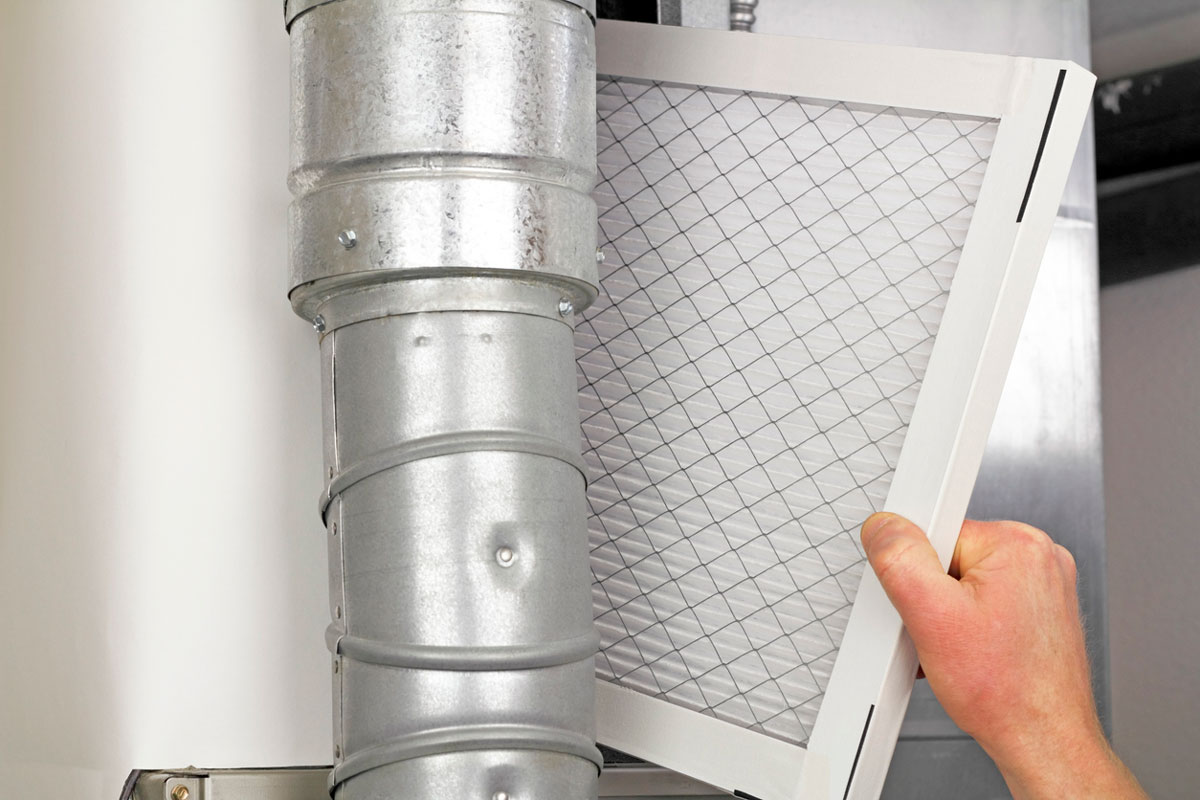
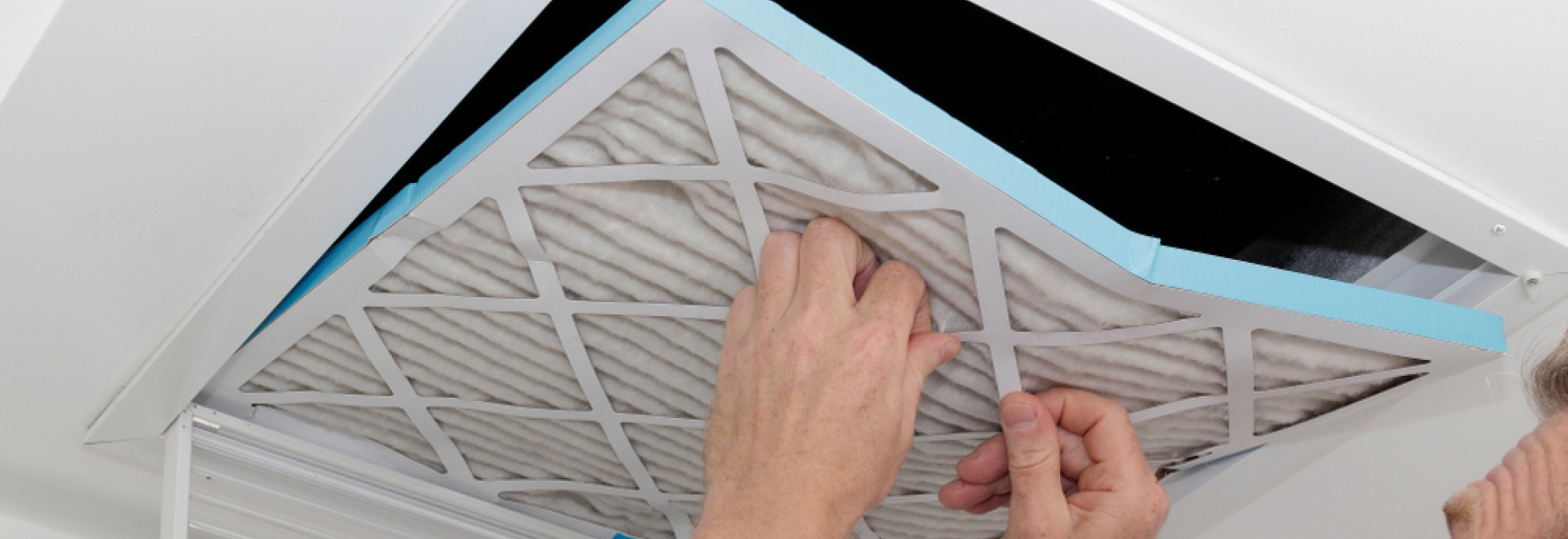
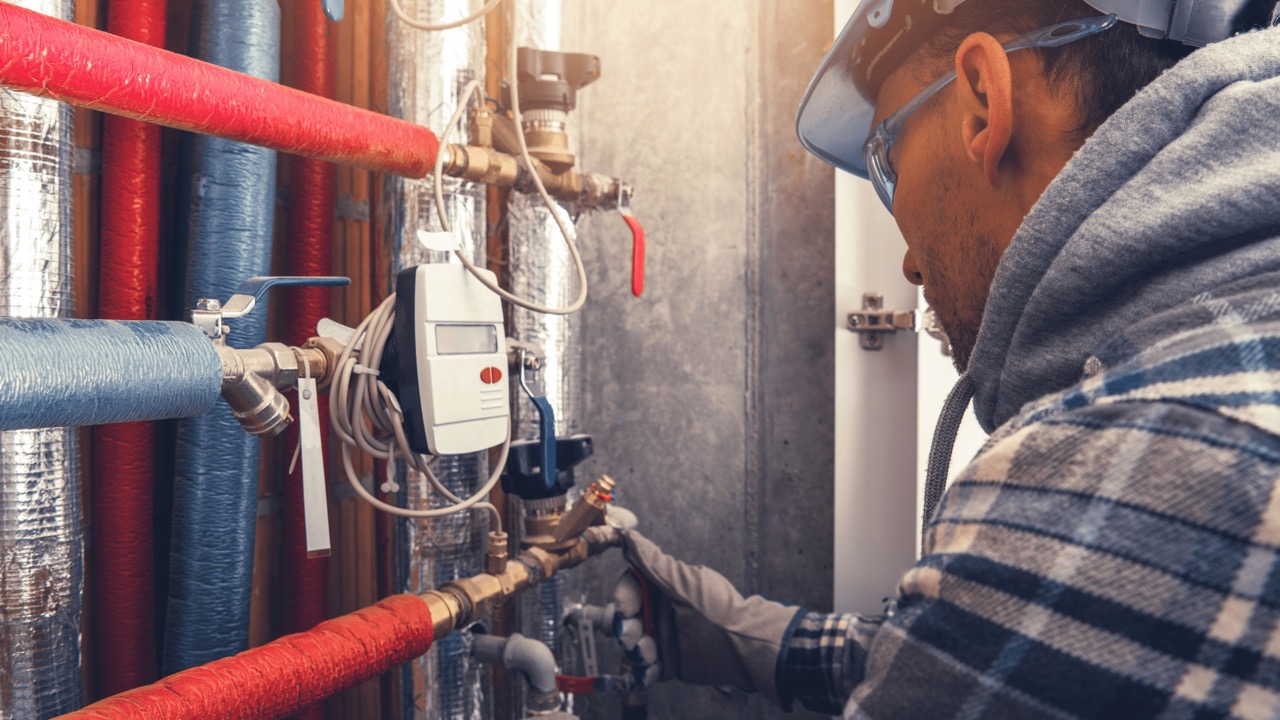
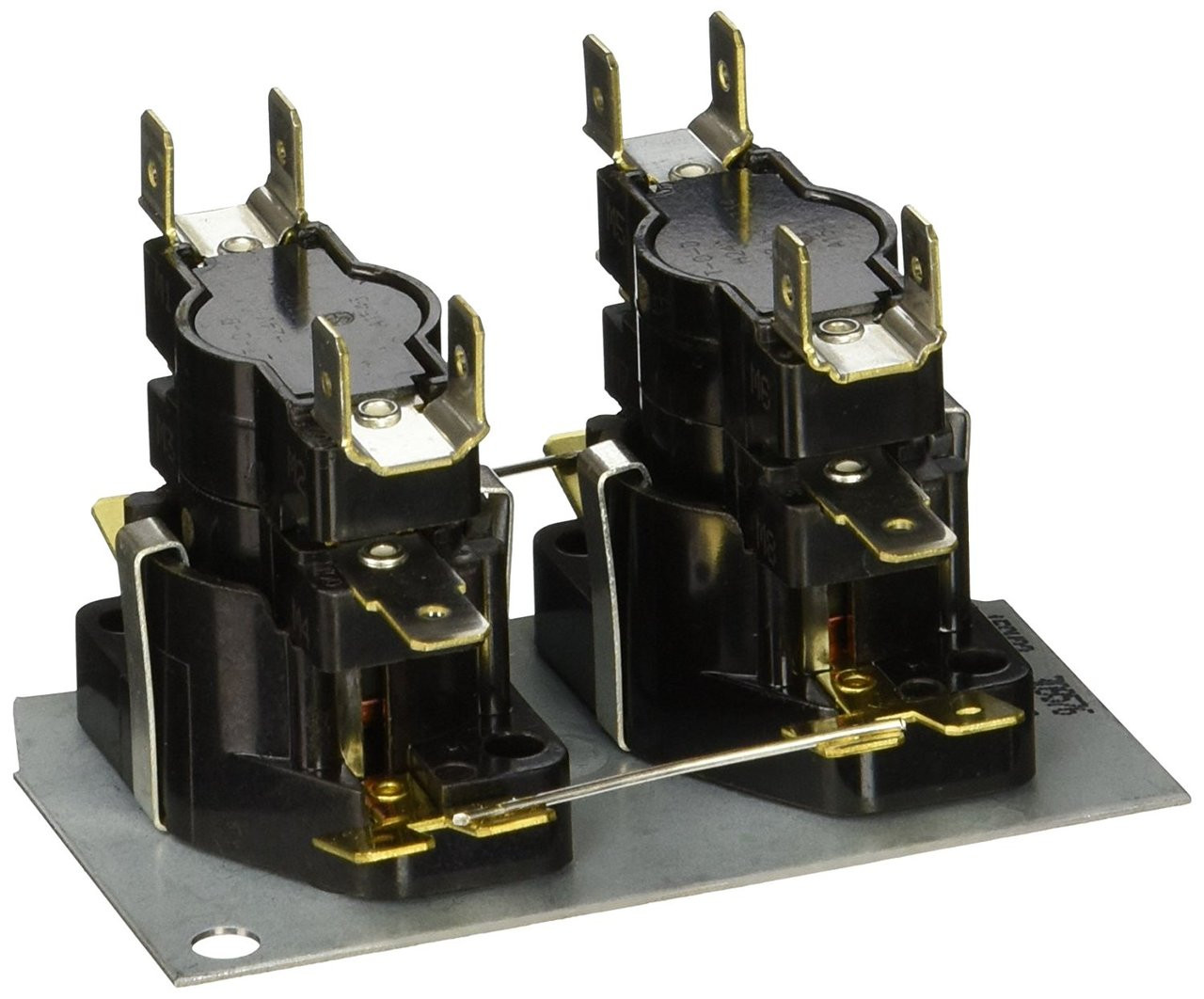
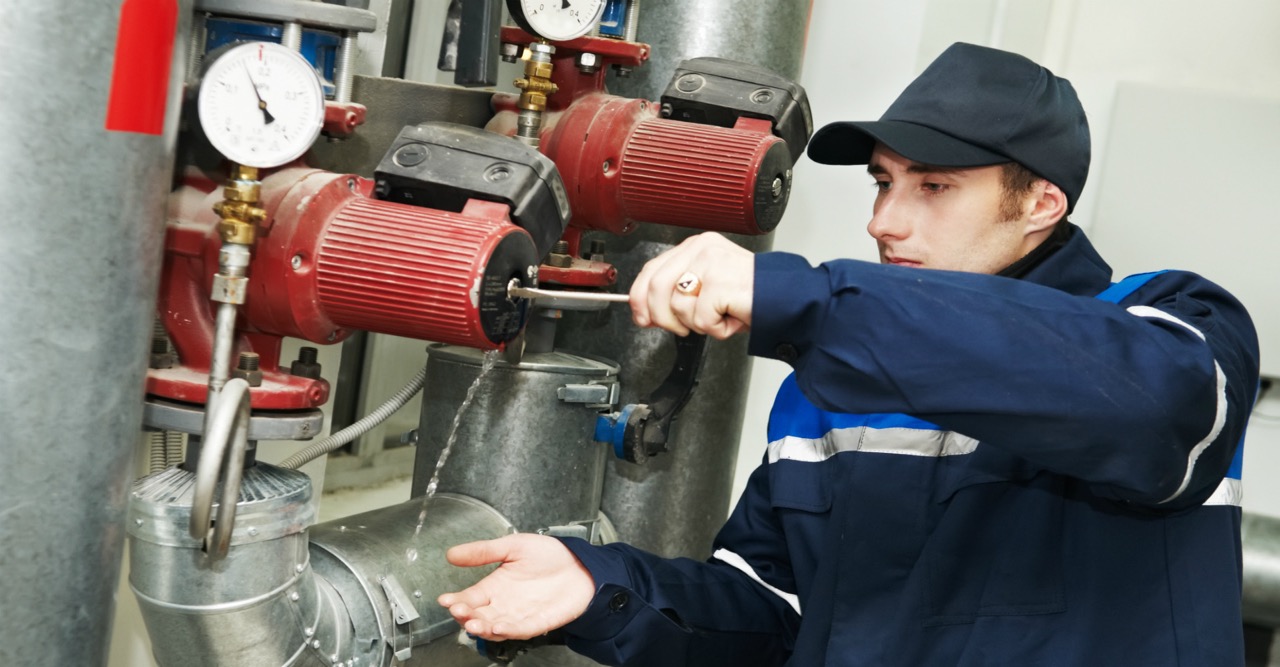
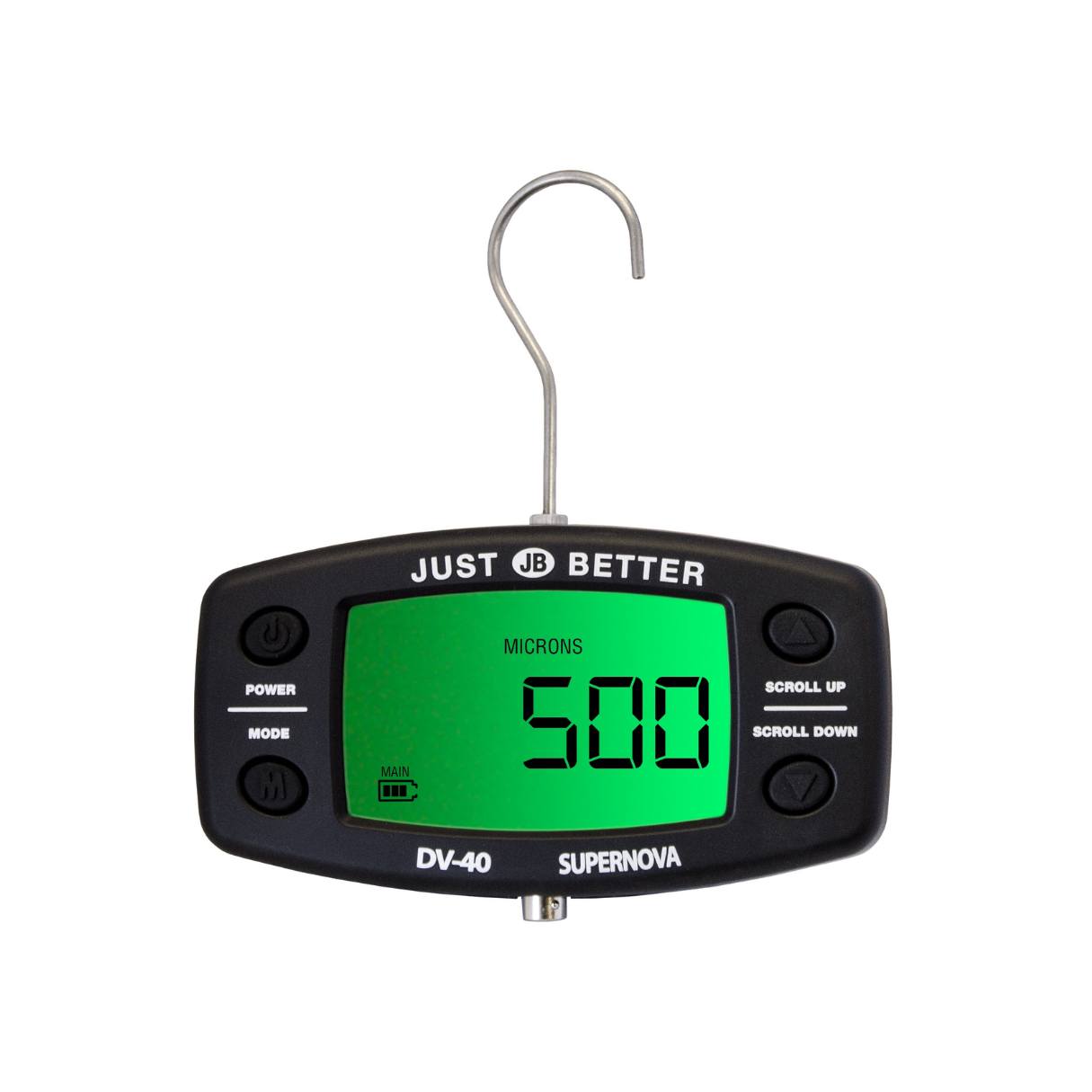
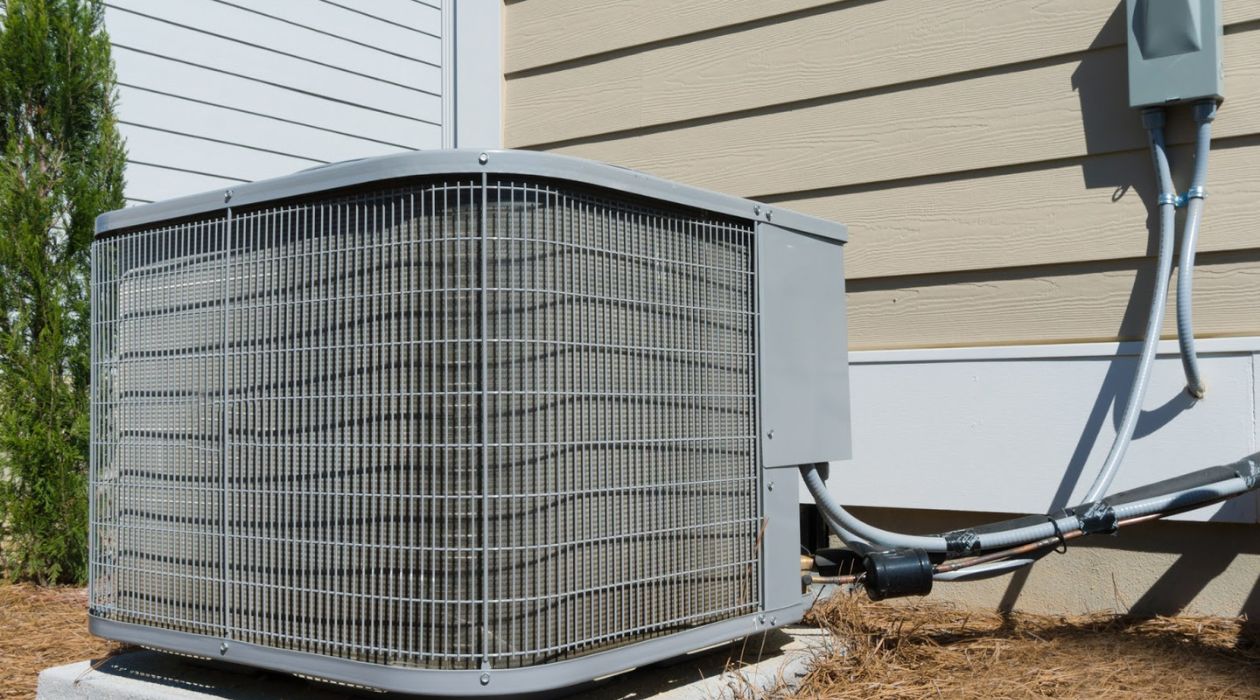
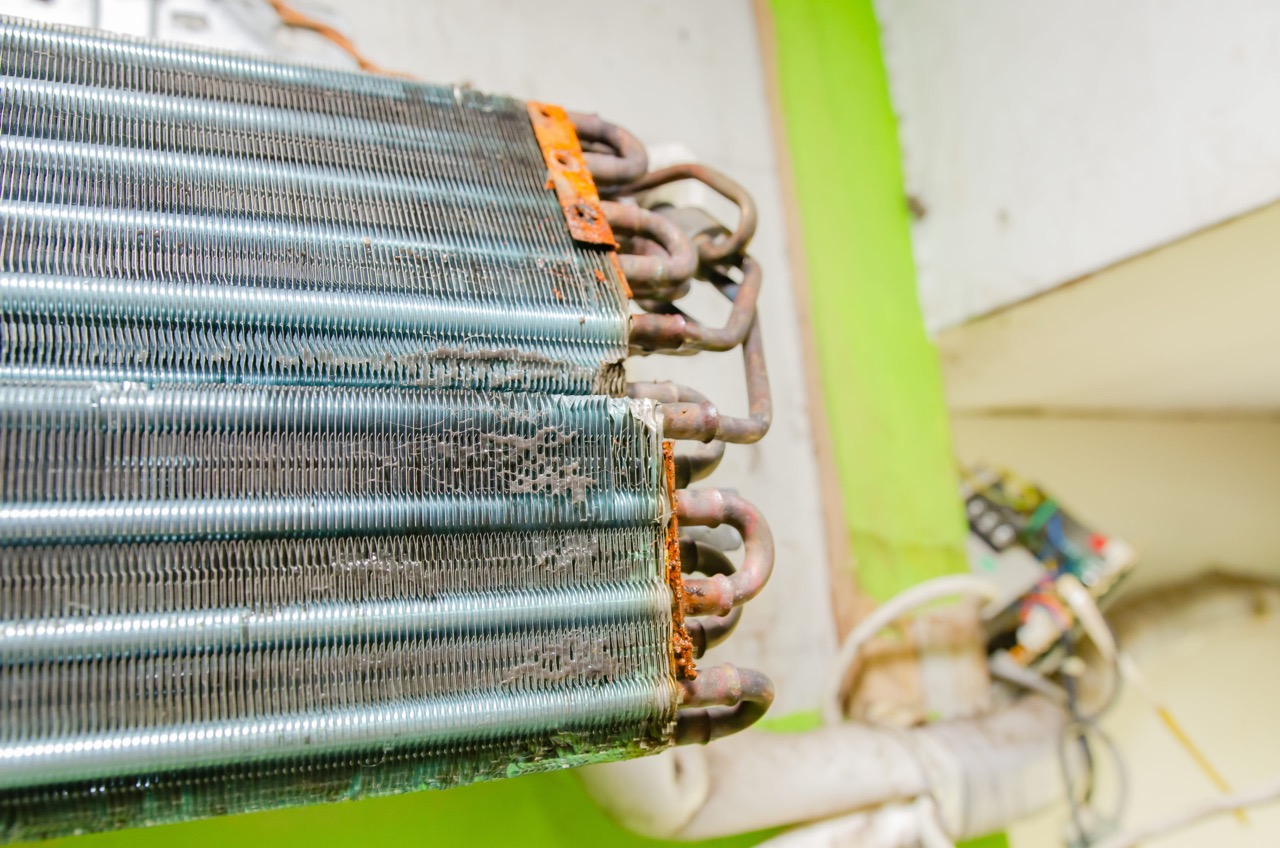
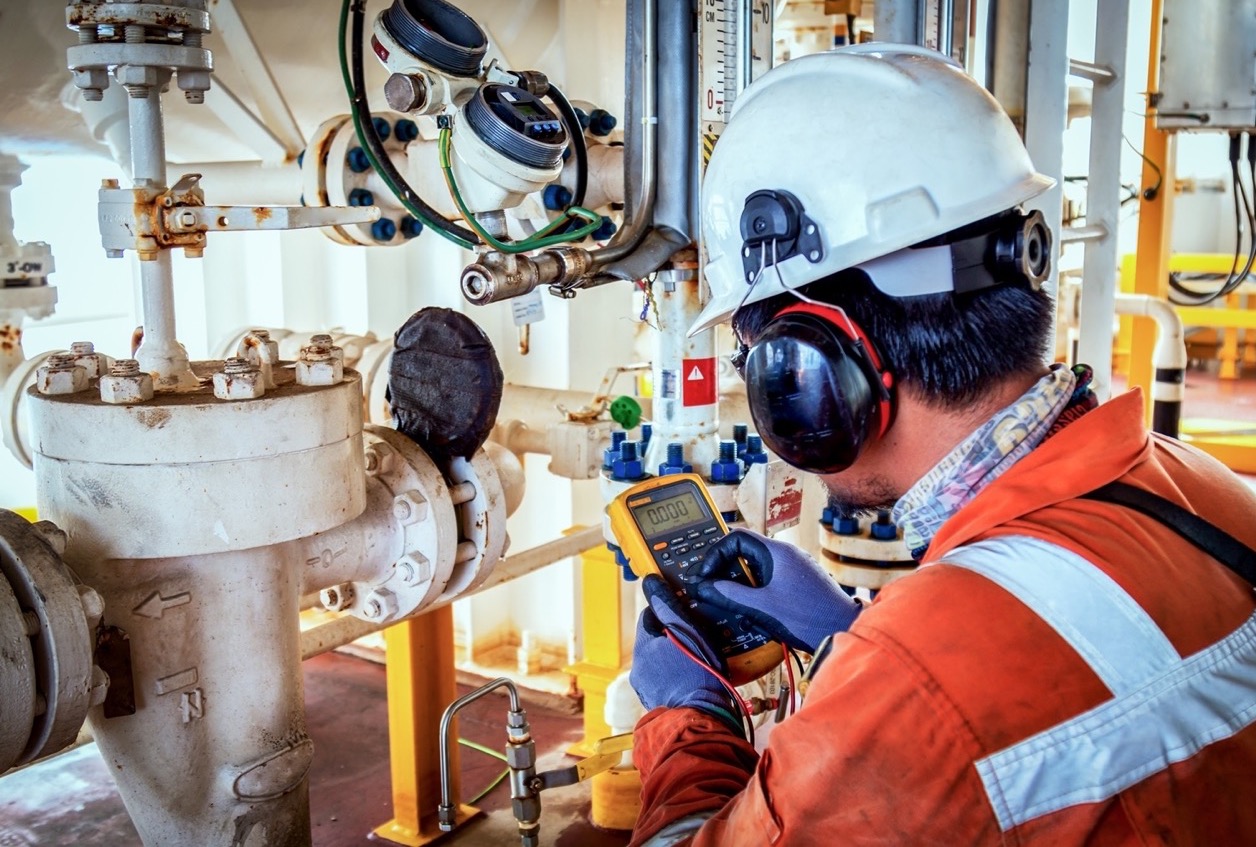
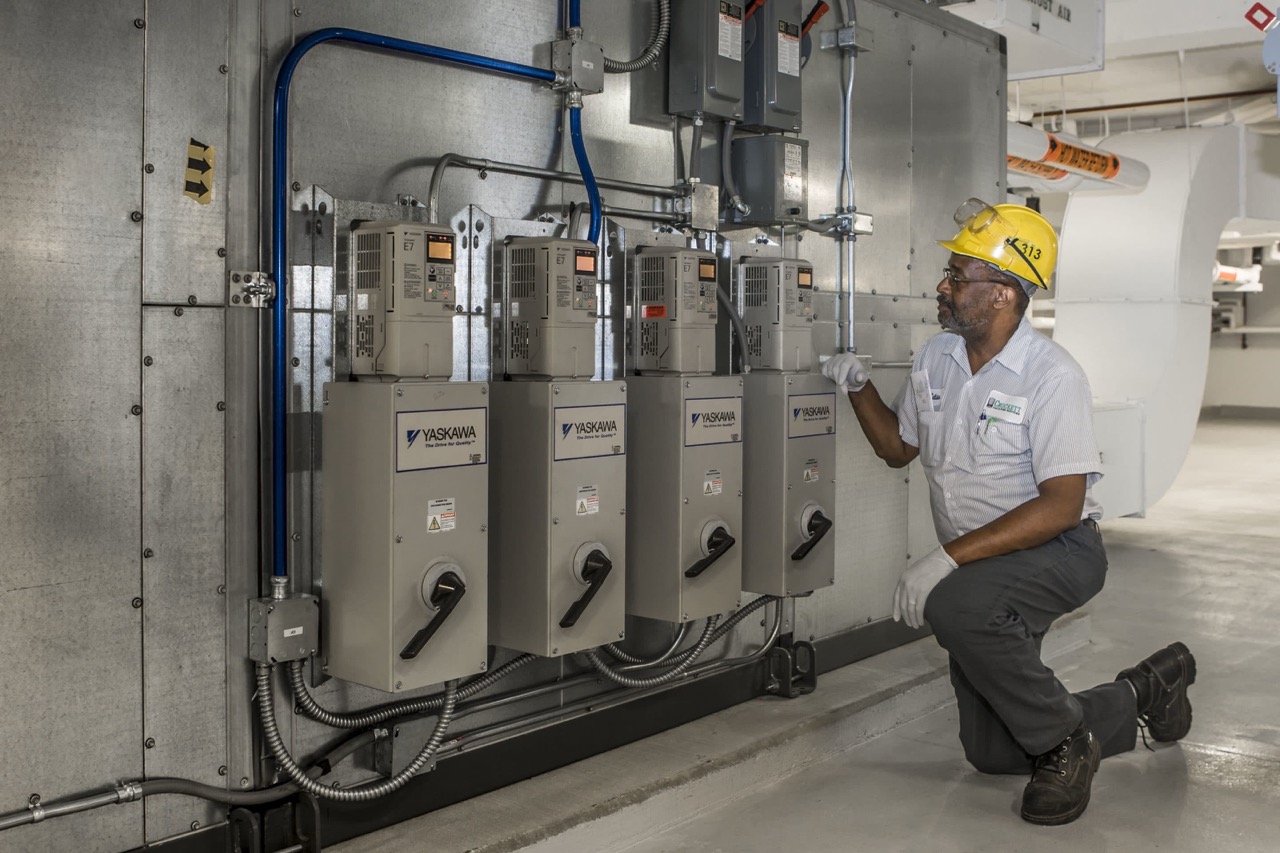
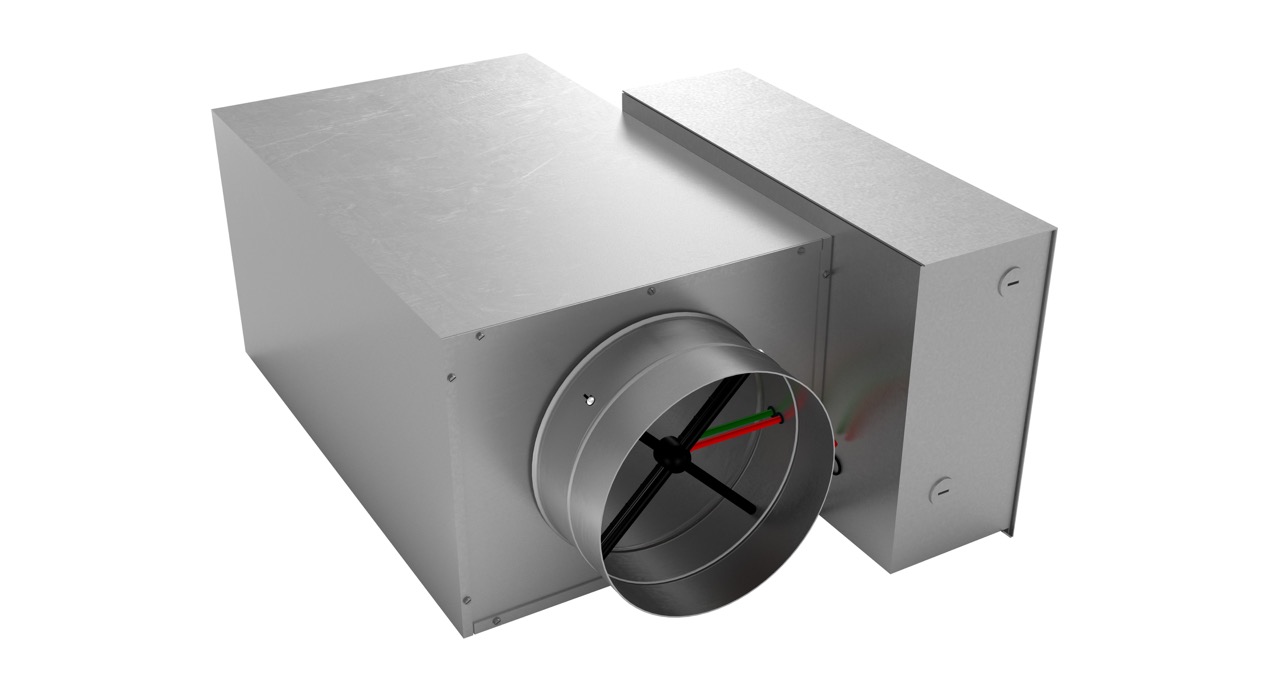
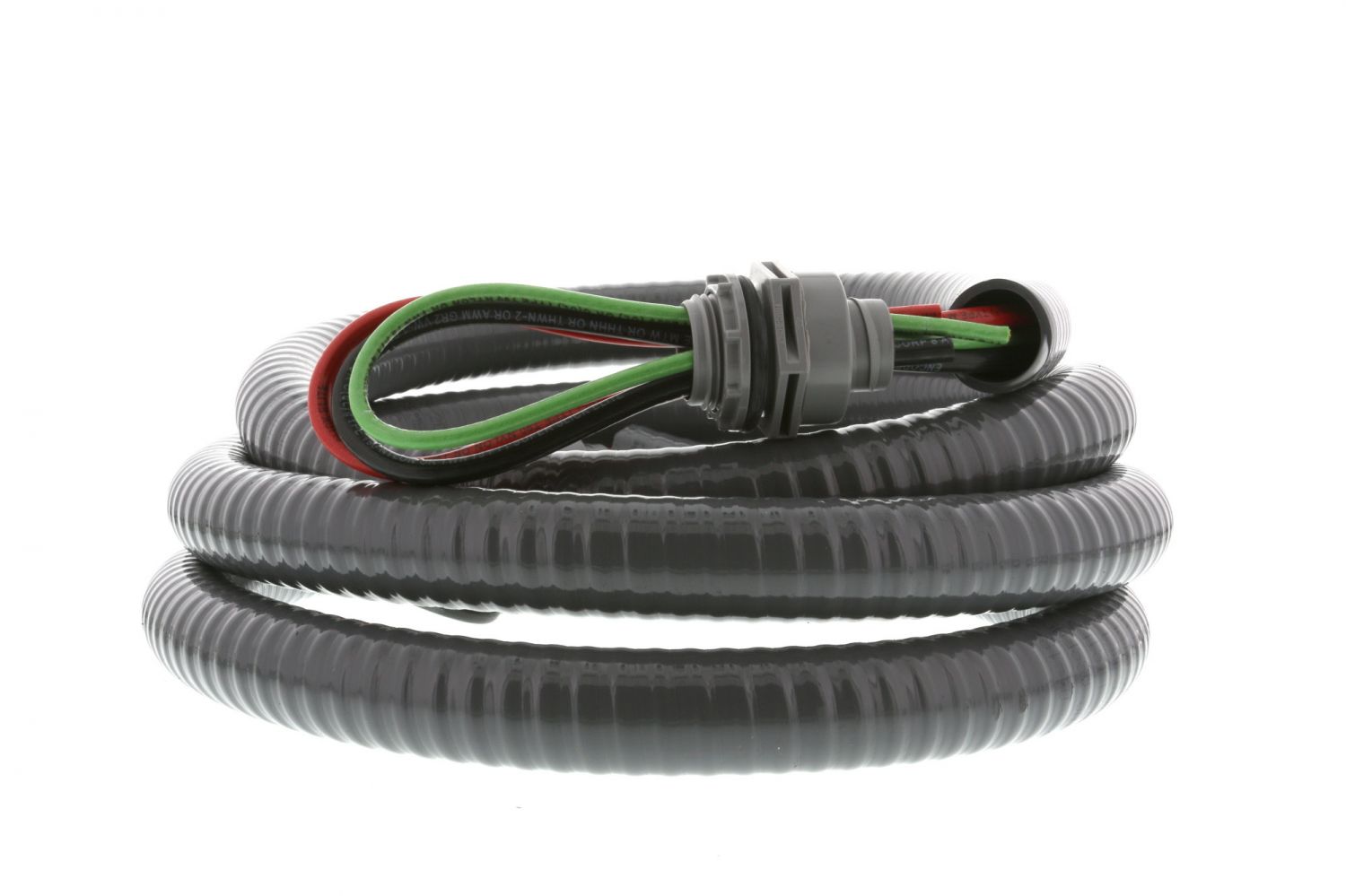
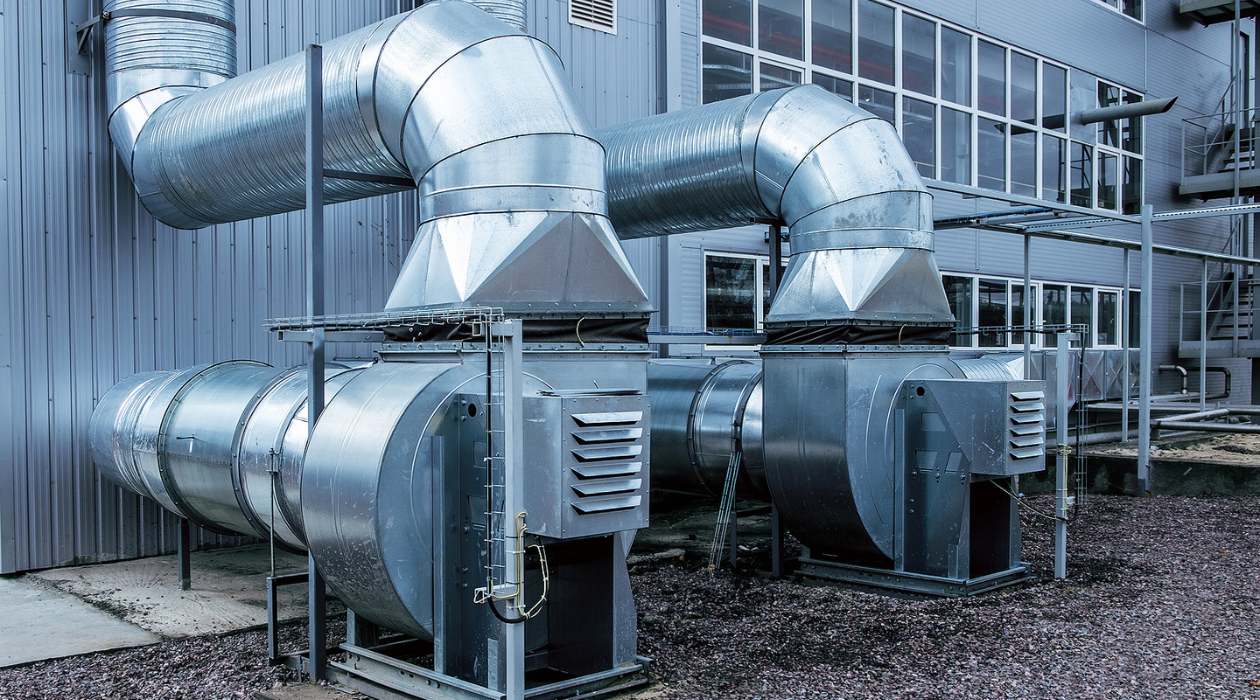

0 thoughts on “What Is An Air Handler In HVAC”